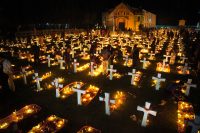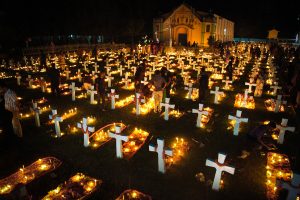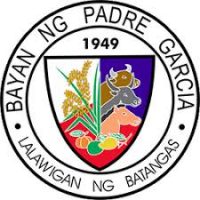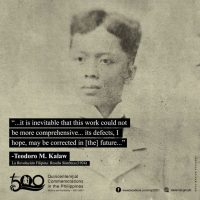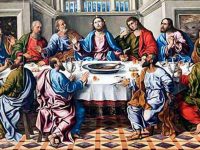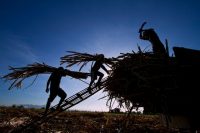 Wazzup madlang people!!! #BarakoFest2024 mag ingay!
Wazzup madlang people!!! #BarakoFest2024 mag ingay!All Saints’ Day in the Philippines is usually celebrated on the first and second day of November. In the Philippines, this holiday is often referred to as Undas.
All Saints’ Day is an important day in many Catholic countries. As the Philippines is the world’s third largest Catholic country, the country celebrates it with gusto. Traditionally, All Saints’ Day marks a Roman Catholic holiday that celebrates saints who were not awarded their own feast days. It also marks a celebration of the lives of the deceased.
All Saints’ Day in the Philippines is celebrated similarly to the way the holiday is marked in other former Spanish colonies like Mexico. On November 1st each year, people flock to their family plots in cemeteries across the country. They also use this holiday to hold a family reunion where groups of an extended family gather together.
The day is filled with music and food. There is also prayer and religious traditions. At the end of the day, people will often camp overnight in the cemetery to pay their respects to their dead relatives. Visitors remark that Filipinos are remarkably at home among their dead ancestors.
Filipinos are known for having great respect for their dead. To prepare for Undas, families will visit the graves of their ancestors before the holiday to clean up the area and perform maintenance. During the holiday, people will decorate the graves with flowers and candles. The cemeteries will come alive during this period.
In addition to these traditions, other Catholic traditions are also observed. Many cemeteries will hold a special mass during the day. The rest of the day is often marked by periods of prayer and the recitation of the Litany for the Dead.
This holiday is a mix of the observance of the dead and a joyful holiday. Families bring plenty of food and drink for their dead relatives. Some believe that the deceased are taking part in the feast alongside the living. While most bring food directly to the cemetery, other families will also leave food at home on altars for any relatives who aren’t buried in the cemetery.
The Philippines is the largest Christian country in Asia. As a result, much of the country shuts down over these two days. Offices and schools both close during this period.
Padre Garcia, Batangas Foundation Day December 01, 2020
This Holy Week, reconnect with your loved ones and rejuvenate amidst the beauty of nature at Batangas Lakelands!
Send us a message here on our page to book! For more information, visit https://www.batangaslakelands.ph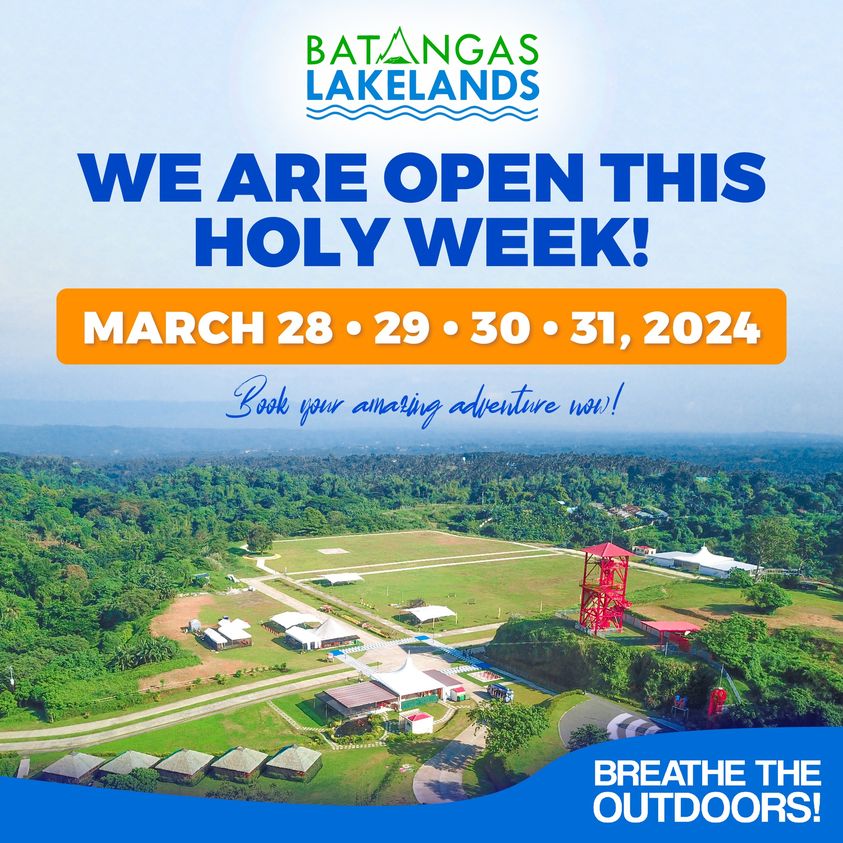
Batangas Lakelands is located along Leviste Highway, Balete, Batangas.
#BatangasLakelands #BreatheTheOutdoors #HolyWeekGetaway
December 01, 2020 Danilo Atienza 31st Death Anniversary Commemoration – Batangas Province
Eidul Adha is a Muslim celebration that honours the willingness of Ibrahim to obey Allah and also commemorates the end of the Hajj (pilgrimage to Mecca). In 2019, Eidul Adha falls on Monday 12 August. President Duterte has signed Proclamation No. 789 to confirm the holiday throughout the country.
According to Islamic traditions, Allah tested the prophet Ibrahim’s obedience by commanding him to sacrificially slaughter his first, and then only, son Ishmael. Both Ibrahim and Ishmael’s willingness to obey Allah’s commands was rewarded by Allah sparing Ishmael’s life, but also led to the birth of a second son, Is-haaq.
In the Islamic calendar, Eidul Adha is celebrated on the tenth day of Zhul Hijja. As the Islamic calendar is a lunar calendar, the date to celebrate Eidul Adha constantly changes. It is the duty of the National Commission on Muslim Filipinos (NCMF) to inform the Office of the President on which date in the Gregorian calendar it should fall.
Muslim Filipinos attend a mosque to pray special prayers for the occasion and to listen to a sermon. It is important to wear new clothes or the best ones available. Depending on the region, Muslim families, who can afford to, either buy a live animal to sacrifice (such as a goat, cow or sheep), or whole or large portions of meat to share around at the feast. It is important that this meat is shared with the poorer members of the community.
December 05, 2020 Teodoro Kalaw 80th Death Anniversary Commemoration
Maundy Thursday is the start of the main Easter celebrations in the Philippines, which is part of the larger Holy Week celebrations. According to Biblical tradition, Jesus was crucified on the Cross on a Friday (hence, “Good Friday”), and Maundy Thursday commemorates the events leading up to the Crucifixion.
Maundy (also known as the “Washing of the Feet”) is a religious rite. A re-enactment of the Lord’s Supper and Jesus washing his disciples’ feet are often observed on this day. Filipinos traditionally visit either seven or 14 churches (this tradition is called visita iglesia or “to visit churches”) where this re-enactment is held.
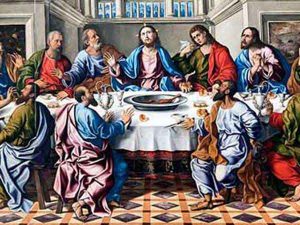
 WOWBatangas.com Your Source of Great News and Stories from the Province of Batangas, Philippines
WOWBatangas.com Your Source of Great News and Stories from the Province of Batangas, Philippines





